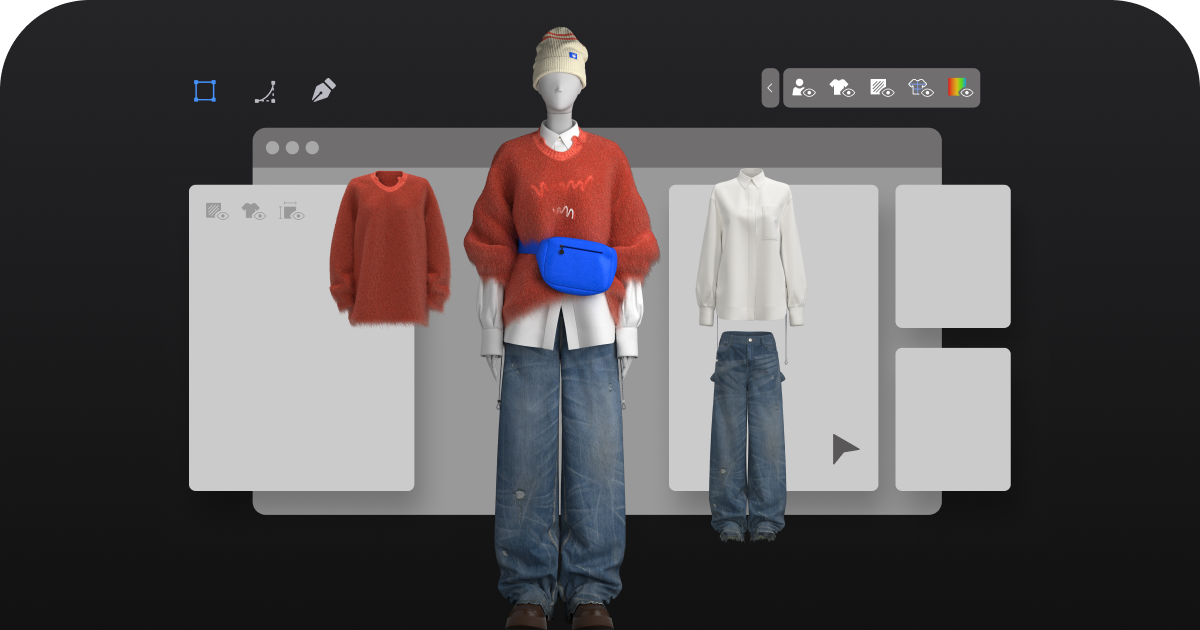
# Fashion Design Software for Creative Professionals
## The Evolution of Fashion Design Tools
Fashion design software has revolutionized the way creative professionals bring their visions to life. Gone are the days when designers relied solely on paper sketches and physical prototypes. Today’s digital tools offer unprecedented precision, efficiency, and creative freedom.
Modern fashion design platforms combine traditional design principles with cutting-edge technology, enabling designers to experiment with colors, patterns, and silhouettes in ways that were previously unimaginable.
## Key Features of Professional Fashion Design Software
1. Digital Pattern Making
Advanced software allows designers to create precise digital patterns that can be easily modified and scaled. This eliminates much of the manual work involved in traditional pattern making while maintaining accuracy.
2. 3D Garment Simulation
Many programs now offer realistic 3D rendering capabilities that show how fabrics will drape and move on virtual models. This helps designers visualize their creations before producing physical samples.
3. Color and Fabric Libraries
Extensive digital libraries give designers instant access to thousands of color options and fabric textures, making it easy to experiment with different combinations.
4. Collaboration Tools
Cloud-based solutions enable teams to work together in real-time, regardless of their physical location, streamlining the design and production process.
## Popular Fashion Design Software Options
Adobe Illustrator
While not specifically designed for fashion, Illustrator remains a favorite for creating technical drawings and flat sketches due to its precision vector tools.
CLO 3D
This specialized software offers exceptional 3D garment simulation, allowing designers to see how their creations will look and move in a virtual environment.
Browzwear
A comprehensive solution that combines 2D pattern making with 3D visualization, particularly popular in the apparel industry.
Optitex
Known for its advanced pattern-making capabilities and integration with production systems, Optitex is widely used by professional fashion houses.
## Choosing the Right Software for Your Needs
When selecting fashion design software, consider your specific requirements:
- Are you focusing on conceptual design or technical pattern making?
- Do you need 3D visualization capabilities?
- What’s your budget for software investment?
- How important is collaboration functionality for your workflow?
Many software providers offer free trials, which can be invaluable for testing how well a program fits your creative process before making a purchase.
## The Future of Fashion Design Technology
Keyword: fashion designing software
Emerging technologies like artificial intelligence and virtual reality are beginning to influence fashion design software. We can expect to see more intelligent tools that can suggest design improvements, predict trends, and create even more immersive virtual design experiences.
As the industry continues to evolve, fashion design software will play an increasingly vital role in helping creative professionals bring their innovative ideas to market faster and more efficiently than ever before.